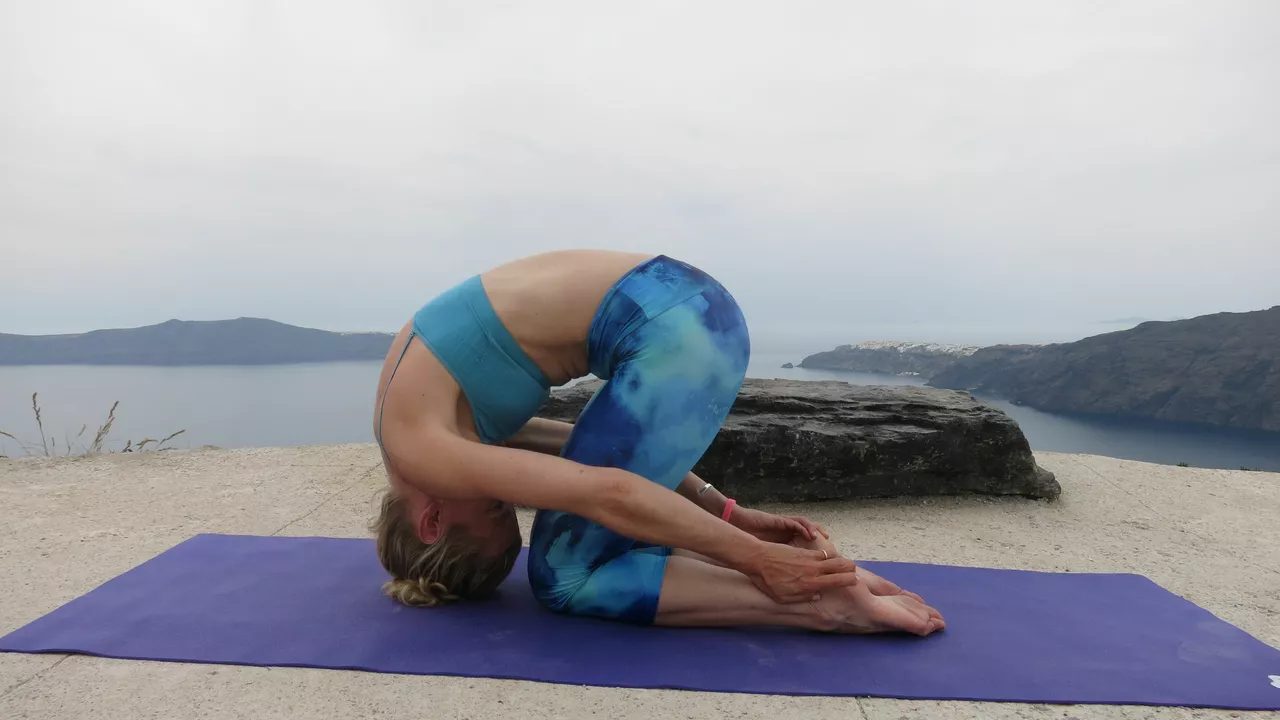Yoga history: where it began and how it changed
Yoga started in ancient India and grew step by step into the many styles people practice today. If you want to understand why yoga feels part exercise, part meditation, and part philosophy, a quick look at its history clears things up fast.
Early traces of yoga appear in Vedic literature and rituals. Later, philosophers in the Upanishads and the Bhagavad Gita described yoga as a path to steady mind and right action. These early sources focused more on breath, ethical living, and inner control than on the physical poses we often see today.
Classical era: Patanjali and the Yoga Sutras
The Yoga Sutras of Patanjali, written about two thousand years ago, shaped classical yoga. Patanjali laid out an eight-fold path that includes ethical rules, breath work, concentration, and meditation—along with some physical practice. That framework tied practical techniques to a clear goal: a calmer, clearer mind.
Across centuries, other Indian traditions—Hatha, Tantra, and various monastic schools—added physical practices and breathing methods. Hatha yoga emphasized posture and breath to prepare the body for meditation. Over time, teachers refined techniques that balanced strength, flexibility, and stability.
Modern yoga: teachers and global spread
From the late 19th century, yoga moved out of India and reached the West. Teachers like Swami Vivekananda first introduced philosophical ideas. Later, 20th-century teachers such as T. Krishnamacharya, B.K.S. Iyengar, and K. Pattabhi Jois turned poses into systematic methods and started training many students who then taught worldwide.
That shift produced the asana-focused classes common today. Studios emphasize alignment, flow, or vigorous practice depending on the lineage. At the same time, many modern teachers still draw on breath work, relaxation, and ethical teachings from classical texts.
Understanding the history matters for how you practice. If you want more balance, add breath work and short meditation to your class. If your goal is strength and flexibility, pick a style that builds those qualities but keep attention on breath and ease.
Want to explore further? Read short translations of the Yoga Sutras or Bhagavad Gita to see the original ideas. Try a Hatha or classical-style class to feel older practices, and compare that with a modern Vinyasa or Iyengar session. Knowing a bit of history helps you pick the right class and keeps your practice grounded.
Yoga’s journey from ancient ritual to global movement shows its flexibility. It changed to meet people’s needs while keeping core aims: clearer mind, steadier breath, and a healthier body. That mix is why yoga still fits so many lives today.
Where did yoga originate from, and how does it work?
Hey guys, let's dive into the mystical world of yoga. Originating from the land of spices and spirituality, India, more than 5000 years ago, yoga is more than just twisting and turning your body in weird ways. It's a holistic blend of physical postures, breathing techniques, and meditation that works wonders on your body and mind. You might feel like a pretzel at first, but trust me, it's like a free chiropractor with the bonus of inner peace. So, unroll your mats, folks, because yoga is a journey of the self, through the self, to the self, and it starts right in your living room!
